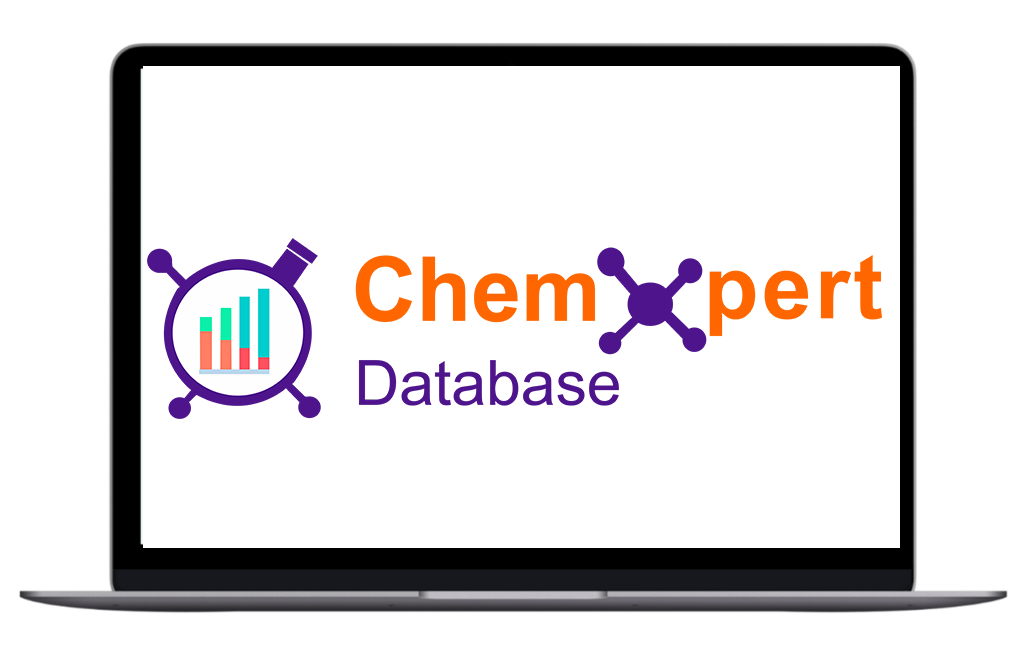
Johnson & Johnson announced the submission of a supplemental New Drug Application (sNDA) to the US Food and Drug Administration (FDA) based upon long-term data evaluating the safety and efficacy of Caplyta (lumateperone) for the prevention of relapse in schizophrenia. Caplyta is the newest addition to Johnson & Johnson’s portfolio of schizophrenia therapies, which now offers the broadest range of oral and long-acting injectable treatment options to support each patient’s individual treatment journey.
“For people living with schizophrenia, relapses can be devastating as they disrupt lives, undo hard-earned treatment progress toward patients’ goals, and increase the risk of hospitalization with each episode,” said Christoph U. Correll, M.D., Clinical Professor of Psychiatry at the Zucker School of Medicine at Hofstra/Northwell, New York. “Caplyta substantially lowers the chance of relapse for patients compared to placebo, which is often a major source of anxiety and suffering for them and their families.”
“Relapse prevention is a critical goal for the long-term care and management of this debilitating disorder,” said Bill Martin, Ph.D., global therapeutic area head, neuroscience, Johnson & Johnson Innovative Medicine.
“These Phase 3 results provide compelling evidence of meaningful relapse prevention, which is critical in preserving long-term patient stability, breaking the cycle of hospitalization, and helping to control symptom progression. We’re committed to building on the decade of research reinforcing the robust efficacy, proven safety, and favourable tolerability of Caplyta and providing additional data to support the long-term use of this medicine in neuropsychiatric disorders.”
While its exact mechanism of action is unknown, Caplyta is characterized by high serotonin 5-HT2A receptor occupancy and lower amounts of dopamine D2 receptor occupancy at therapeutic doses. In short-term clinical studies, Caplyta was similar to placebo in weight change, metabolic effects, and extrapyramidal symptoms, which are often cited as reasons for treatment discontinuation. The most commonly reported adverse events were somnolence/sedation, dizziness, nausea, and dry mouth. Caplyta can be taken at any time of day with or without food and does not require titration, allowing adult patients to start treatment at the effective dose.
Caplyta 42 mg is an oral, once daily atypical antipsychotic approved in adults for the treatment of schizophrenia and depressive episodes associated with bipolar I or II disorder (bipolar depression), as monotherapy, and as adjunctive therapy with lithium or valproate. While the mechanism of action of Caplyta is unknown, the efficacy of Caplyta could be mediated through a combination of antagonist activity at central serotonin 5-HT2A receptors and postsynaptic antagonist activity at central dopamine D2 receptors.
Caplyta is under FDA review for potential approval as an adjunctive treatment for adults with major depressive disorder and is being studied for other neuropsychiatric and neurological disorders. Caplyta is not FDA-approved for these disorders.
Caplyta (lumateperone) is indicated in adults for the treatment of schizophrenia and depressive episodes associated with bipolar I or II disorder (bipolar depression) as monotherapy and as adjunctive therapy with lithium or valproate.

Sick and tired of always wondering if you are being asked to pay the right price for your APIs? This empowers you with the answers you need to make the right decisions in the Global API market.
Chemxpert Database is one of the biggest and most comprehensive directories of pharma and chemicals, manufacturers, suppliers and information. Provided with current information on prices, demand and transactions, it gives you instant feedback on whether you are buying what is right and at the right time.
Start using market intelligence today and allow yourself to be in control in the API market.
Check it out today and make more informed sourcing decisions! Learn More!
